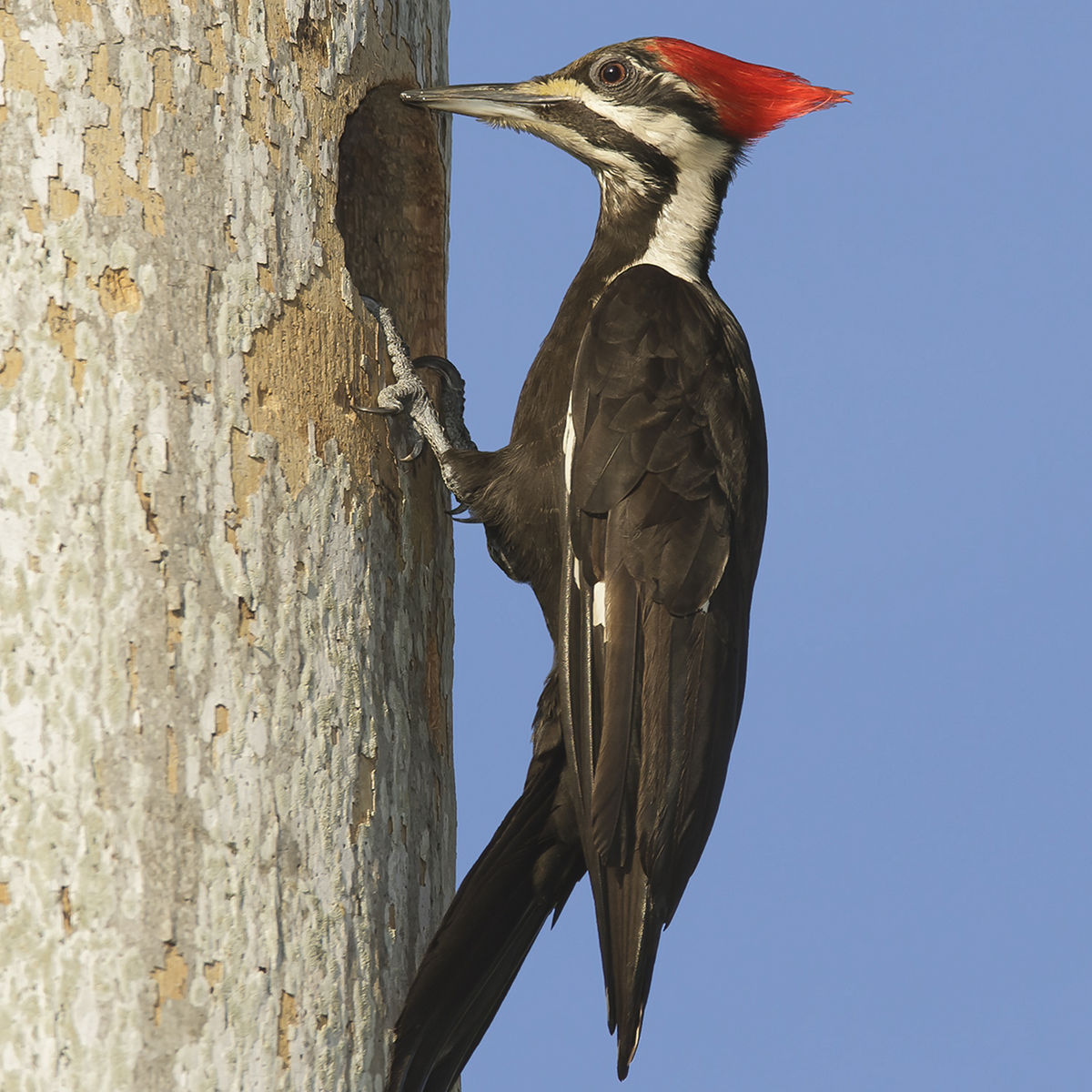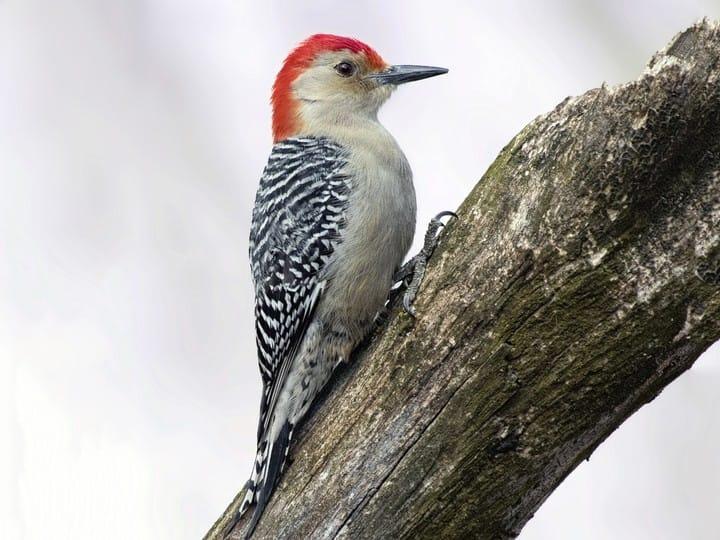Introducing the Tricks of Woodpeckers: Actions, Environment, and More
Woodpeckers, with their distinct actions and specialized adjustments, have long amazed scientists and nature fanatics alike. These exceptional birds have a range of intriguing keys that lost light on their survival strategies, environment preferences, and intricate communication methods. By revealing the enigmas bordering woodpeckers' habits and environment options, a deeper understanding of these bird wonders arises, using a glimpse right into their fascinating world. What makes these birds really remarkable, and just how do they navigate their atmosphere with such accuracy and ability? Allow's check out the captivating world of woodpeckers and unwind the enigmatic information that make them such fascinating topics of research.
Woodpecker Actions Insights
In analyzing woodpecker actions, an interesting display screen of specialized skills and adjustments emerges, losing light on their amazing eco-friendly specific niche. Woodpeckers, recognized for their unique drumming on trees, have a variety of behavior traits that add to their survival and success in their environment.
Moreover, woodpeckers show a special feeding habits defined by their ability to essence pests from tree bark using their specialized beaks. Their lengthy, barbed tongues help in capturing victim, while their solid neck muscles supply security and precision throughout pecking motions. This feeding method permits woodpeckers to access concealed insect larvae and remove them with remarkable efficiency.
Environment Preferences and Option
What factors influence the environment preferences and choice of woodpeckers? Woodpeckers are very adaptable birds known to occupy different settings worldwide. Nonetheless, they do exhibit preferences for specific habitat features. One crucial element influencing woodpecker habitat choice is the accessibility of ideal nesting websites. Woodpeckers commonly prefer woodlands with a mix of mature trees that supply ample opportunities for cavity excavation. These cavities work as important nesting and roosting sites for woodpeckers and are vital for their breeding success.
In addition, woodpeckers reveal a preference for habitats with a bountiful supply of food resources. They are mostly insectivorous, feeding upon beetles, ants, larvae, and other pests located in rotting timber or tree bark. Consequently, woodpeckers have a tendency to favor woody areas with a varied insect populace to satisfy their dietary demands.
Additionally, the existence of dead or decaying trees is an additional essential element in woodpecker environment choice. These trees not only supply food sources however also supply appropriate substratum for tooth cavity excavation. Dead page trees are important for the upkeep of healthy woodpecker populaces, as they play a crucial role in the woodpeckers' life process and ecosystem characteristics.
Feeding Practices and Diet Structure
Woodpeckers demonstrate a specialized feeding actions concentrated on foraging for bugs within various habitats. Their diet regimen mainly contains insects such as beetles, ants, caterpillars, and crawlers, which they locate by tapping on tree bark and paying attention for the noise of activity inside. Woodpeckers use their solid beaks to pierce into the wood and their lengthy, barbed tongues to extract victim from holes. In addition to bugs, woodpeckers additionally consume tree sap, fruits, nuts, and seeds, adding selection to their diet relying on the period and availability of food sources.
The foraging strategies of woodpeckers are well-adapted to their arboreal way of living. Woodpeckers play a crucial function in keeping the wellness of woodlands by regulating insect populaces and assisting in the decay of timber.
Drumming Sounds and Interaction
Using fast drumming noises on different surfaces, woodpeckers utilize an unique type of communication to signify territory boundaries and bring in friends. This drumming behavior is not only a way of communication but additionally acts as a means for woodpeckers to develop their existence within a certain area. The strength, speed, and pattern of the drumming can convey essential info to other woodpeckers around.
Woodpeckers use drumming audios to introduce their presence in a region and to warn off possible intruders. The loud and repeated nature of the drumming offers as a clear signal to other woodpeckers that the area is currently asserted. This aids in reducing conflicts and minimizing physical confrontations between individuals.

Survival Adaptations and Specialized Anatomy

Final Thought
In final thought, woodpeckers exhibit unique behaviors, such as drumming audios for interaction, and have specialized composition for survival in their selected habitats. Their feeding routines and diet plan structure better demonstrate their flexibility to different settings. By understanding these facets of woodpeckers, researchers and preservationists can better secure and protect these interesting birds and their ecosystems.